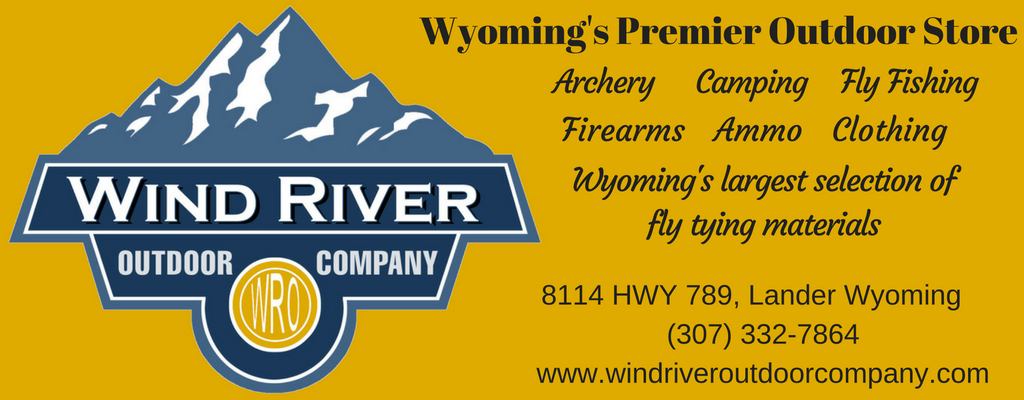Midges – the key to unlocking success

A look into angler’s fly box and one will see all the usual patterns – Pheasant Tails, Princes, Chubby Chernobyls, and San Juan Worms. What you might not see are any midge patterns and if you want to be a much better angler then this must change. While small in size, midges dominate the biomass on just about any fresh water body. Don’t believe me? Next time you find yourself on the water get a small cup and take a big scoop of material from the stream or lake bottom and pour it out in your hand. All those small, worm-like creatures are primarily midge larva and they will greatly outnumber any other form of insect life where you fish.
Now, I agree that midges are not exactly sexy and for this reason, I believe this is why most anglers gravitate to other patterns that have “bling and fly box appeal”. Today, the majority of patterns do a much better job of catching anglers then they do fish. I am not saying that these other patterns don’t work but I am saying that in most situations, fishing midges will lead to better results on average when used properly. Midges are small, really small – patterns generally start at size 18 and get smaller from there and fishing midge patterns in size 22 is common on many tail waters, spring creeks and still waters across the Country. In still waters, midges can get much bigger (size 8) but these are fairly uncommon so we will not discuss these in this short blog post.
Midge larva patterns generally are tied on curved shank hook such as a Dai-Riki #135, Tiemco #2487 or Daiichi #1130. Again, these patterns are small and will generally be tied with thread, silk or vinyl ribbed bodies with wire ribbing and a glass, brass or tungsten bead for additional weight. Midge larva are generally darker in color and black, olive, purple and brown will cover almost any bug you are trying to imitate, however, red seems to also be good color too. Adult midges can have drastically different colors and in fact, one of the must-have patterns for me when I venture into the Wind River Mountain Range is an adult midge pattern (size 18 to 24) that has a neon green body and white wings. This pattern has saved many a day and I would not venture into the hills without a good number of these in my arsenal. Fishing midges is primarily a nymphing game in which the midge is the dropper off of either a dry fly or another nymph pattern (two fly nymph rig). Often a bigger fly will be the “attractor” but once the trout notices the midge they will often take it with little hesitation. Future post will discuss fishing midge adults as there are some key differences that should be mentioned so check back next week for that discussion.
Shifting gears – if you are looking to get into fly tying, start by tying midges because they are easy, quick and will allow one to develop critical skills before tackling much more difficult fly tying methods and patterns. In a couple of hours, a person can often crank out enough midge patterns for several trips. The advantage of this is that these patterns often make great bartering items as your friends will be willing to cough up beer, food or assume more dish duties in exchange for access to your fish-catching patterns. Again, bodies should be constructed of thread, silk, wire, vinyl rib or other synthetic material such as Wapsi Super Hair – please note, all of these materials can be purchased on our site. The key to the construction of midges is to make the body slender and sparse – just like the real thing. Feel free to add a glass, brass or tungsten bead for some weight and a little “pop” to the pattern. Personally, I like glass beads as I think they make the pattern “shine” a bit and allow for a natural drift better than a Brass or Tungsten bead. Tie up a bunch because typically you will be fishing these with a smaller tippet – such as 4X and 5X – and you will break some fish off on these. The takes are generally subtle so watch your leader, indicator or line carefully and set the hook lightly when the fish takes it. Remember, you are using small hooks and very little force is needed to set the hook on a take.
That is all for this session but come back often as I will be talking in much more depth about midges and how to better fish them in the coming weeks. I will also be going into details on tying methods for them as well. Until next time, tight lines! WROC.
https://shop.windriveroutdoorcompany.com/fly-tying.html



